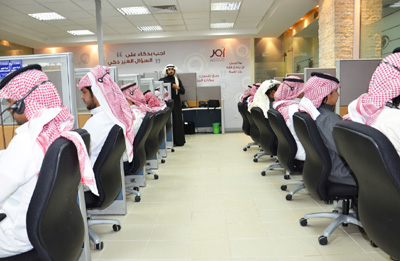
Saudi non-oil economy to grow at 4-5pc in 2014
, February 1, 2014
Saudi Arabia’s non-oil GDP growth, which raced at break-neck rates between 2005 and 2012, is expected to grow at 4 to 5 per cent in both 2014 and 2015, compared to six per cent last year, said a report.
The kingdom's economic growth slowed in 2013 on the back of a small contraction in oil GDP and a moderation in non-oil sector growth, stated National Bank of Kuwait (NBK) in its report. The recent labor market disruptions are believed to have impacted activity in the latter, it added.
According to NBK, over the medium-term, growth should remain relatively solid, supported by high oil prices and implementation of large government projects.
"Nevertheless, an easing in private sector activity and a moderation in the pace of overall government spending – as well as heavy downward revisions to official data – have seen us lower our growth forecasts," it said.
Recent data point to softening in the pace of non-oil private sector activity. The Purchasing Managers’ Index trended lower through 2013, credit growth has eased slightly (though remains strong), and ATM and point-of-sale figures are off their highs. This may be partly linked to recent labor market initiatives and Saudization efforts which have led to a crackdown on illegal foreign workers, the top lender said in its report.
The full impact of these policies on private sector activity has yet to manifest, but there are downside risks in the near-term: increased labour costs, disruptions to labor-intensive sectors (especially construction and retail), and weaker domestic consumption levels, it stated.
The government infrastructure projects and rapid population growth should nevertheless continue to provide underlying support for steady growth in non-oil GDP, the report added.
NBK pointed out that the Saudi Arabian oil production rebounded by more than 1 mbpd in the 9 months to September 2013 to a peak of 10.2 mbpd, partly to compensate for output disruptions in Libya and Iraq. Since then, output has once again fallen back.
As demand weakens and non-Opec supply continues to rise, Saudi Arabia – given its unofficial role as Opec’s swing producer – is seen making more significant cuts in the first half of 2014 in order to keep prices close to $100 bpd, said the Kuwaiti lender in its report.
"We expect real oil GDP to fall in 2014 by some 2 per cent, before stabilizing in 2015," it added.-TradeArabia News Service







